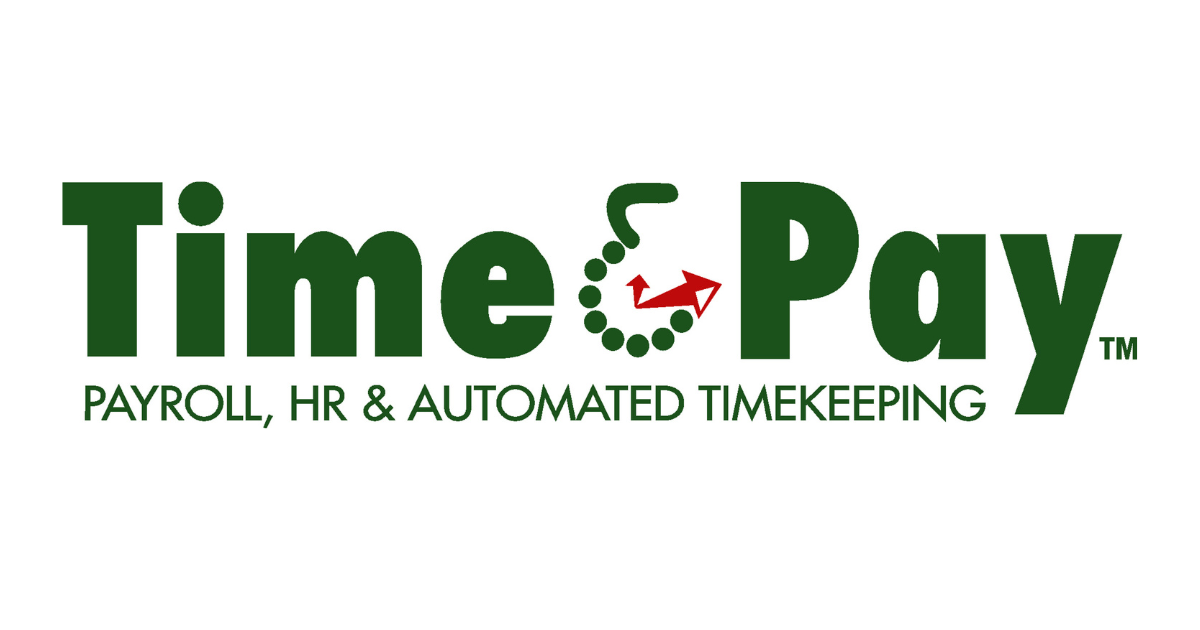Understanding the Work Opportunity Tax Credit (WOTC) Process
Navigating the hiring process can be quite challenging, especially when you're trying to find the right candidates. One way to make it easier and more rewarding is through the Work Opportunity Tax Credit or WOTC. This federal program offers a financial incentive to employers who hire individuals who might have difficulties getting jobs, like veterans or those who have been out of work for a long time. By providing a tax credit, the WOTC helps open up more job opportunities for those who need them the most.
Below, we'll explore what the WOTC is, who can qualify, and how you can apply. By following the steps outlined here, employers and job seekers alike can take advantage of this valuable program, which encourages a more inclusive workforce and offers financial benefits for participating companies.
What is the WOTC?
The Work Opportunity Tax Credit (WOTC) is a tax benefit offered to employers who hire people from certain groups who often find it harder to get jobs. These groups include veterans, people who receive public assistance, and individuals who have been unemployed for a long time, among others. The main aim of the WOTC is to promote diversity in the workplace and offer chances to those who are in need.
Key Requirements for WOTC Applicants
When applying for the WOTC, there are several key steps and conditions that need to be met. These ensure that employers can claim the tax credit, and individuals can access more job opportunities.
- Previous Employment
:
- Applicants need to note if they've worked for the employer before. This helps in understanding past relationships and reasons for rehiring.
- Pre-Screening Process
:
- A pre-screening process is necessary. This helps determine if an applicant qualifies for the WOTC by checking if they belong to one of the target groups.
- Receiving Benefits
:
- Applicants need to disclose if they have received certain types of public assistance, such as:
- Food stamps (SNAP benefits)
- Supplemental Security Income (SSI)
- Temporary Assistance for Needy Families (TANF)
- Employment and Veteran Status
:
- Applicants must indicate if they've been jobless for at least 27 weeks, a significant criterion for re-entering the workforce.
- Declaring veteran status is also crucial, as the program supports veterans by offering job opportunities post-service.
- Referral from Support Programs
:
- Applicants may need to state if they've been referred to an employer by specific workforce programs. This confirms their eligibility and link to state workforce agencies.
- IRS Form 8850
:
- Completing and signing IRS Form 8850 is crucial. Employers must submit this form to the correct state workforce agency to apply officially for the WOTC.
How Does the Process Work?
Once applicants fill out the required information and go through pre-screening, they enter the "WOTC applications area" of the system. Here, the potential credit for each new hire is calculated based on their qualifications. This helps employers gauge the tax benefits they might expect when hiring eligible individuals.
The structured nature of the application highlights the importance of accurate data collection. It not only helps employers make the most of the credits but also supports the creation of useful employment data for policy making.
Why is the WOTC Important?
The significance of the WOTC spans both job seekers and employers:
- For Job Seekers : The WOTC provides opportunities for those from disadvantaged backgrounds, like the long-term unemployed or those on public assistance, to get into or rejoin the workforce.
- For Employers : Companies can enjoy tax savings, which strengthen their financial health and support workforce diversity initiatives. By hiring through the WOTC program, businesses play a role in social welfare and community development.
Furthermore, the WOTC emphasizes support for veterans, aiding their transition to civilian life with jobs after military service. Employers who focus on hiring veterans can directly benefit from these incentives.
Interestingly, the program not only addresses employment barriers but also aligns with broader social goals, like reducing government dependency and boosting economic inclusion for underrepresented groups.
Conclusion: Maximizing the WOTC Benefits
Effectively using the WOTC program involves careful attention to detail and cooperation between potential hires and employers. For employers, integrating the WOTC into your hiring strategy can be a win-win situation: diversifying your team while gaining financial perks. For job seekers, understanding your eligibility and being an active part of this process can open doors to new career paths.
Ensure that all necessary documents are completed correctly and submitted timely to fully capitalize on this golden opportunity. By doing so, both employers and job seekers contribute to a more diversity-rich and robust workforce, benefiting everyone in the community.
If you have any questions or need further assistance, consider reaching out to payroll service experts like those at Time & Pay in Johnson City, TN. They specialize in handling WOTC applications and other payroll services, which can be a valuable resource for optimizing the benefits of this program.
Contact Time & PayUnderstanding WOTC: Frequently Asked Questions
Who qualifies as WOTC?
The Work Opportunity Tax Credit (WOTC) is a federal tax credit available to employers for hiring individuals from select target groups facing employment challenges. To qualify, the employee must be part of one of these specific groups and hired for a position that provides wage-earning employment.
What are the target groups for WOTC?
WOTC target groups include veterans, recipients of Temporary Assistance for Needy Families (TANF), Supplemental Nutrition Assistance Program (SNAP) recipients, long-term unemployed people, and other specified groups that traditionally have trouble finding jobs. Each group has specific requirements that need to be met to qualify for the tax credit.
What wages qualify for WOTC?
For wages to qualify under the WOTC, they must be paid to employees who fit into one of the eligible target groups. The wages should match the work done, and there are caps on the credit amount, which vary based on the employee's group and hours worked.
Who is eligible for the employment tax credit?
Employers hiring workers from the WOTC's designated target groups can benefit from the employment tax credit. This credit reduces the employer's federal tax liability, provided they submit the necessary paperwork and verify that the employee is part of a qualified group.
Contact Us
We will get back to you as soon as possible.
Please try again later.




